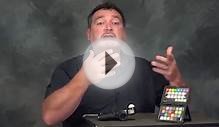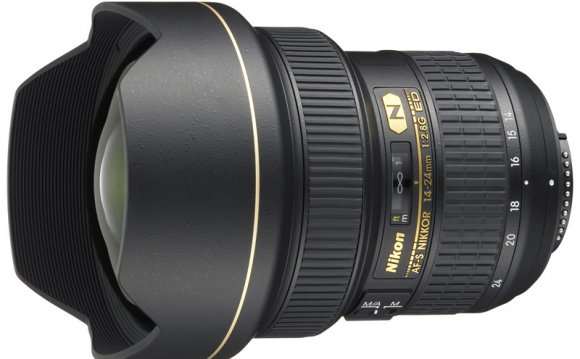
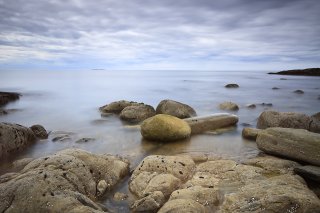 A successful landscape photograph conveys an emotional sense of place to the viewer.
A successful landscape photograph conveys an emotional sense of place to the viewer.
Landscape photography is among the more enticing genres among enthusiasts. Many draw inspiration from twentieth century giants like Ansel Adams and Edward Weston, American photogaphers who saw the continent's vast spaces as opportunities for artistic expression. Yet the roots of their work go back even further to those who took on the decidedly unglamorous and backbreaking survey work of the American West. This was performed by unsung heroes like William Henry Jackson and Timothy H. O’Sulllivan, who were skilled in wilderness survival and able to endure the hardship required to map and photograph the new frontier.
Being a landscape photographer today no longer means trekking through unmapped terrain with pack mules hauling 50 pounds of camera gear and darkroom equipment. Yet there remain both technical and logistical hurdles in photographing the great outdoors. In this article, we'll explore equipment options for the landscape specialist, discuss the logistics involved in planning a shooting trip and look at techniques that allow you to capture the essence of the scene unfolding in front of your camera.
Equipment
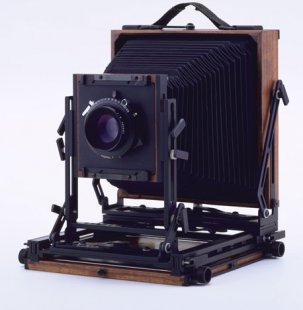 Superb image quality and the ability to record as much detail as possible are hallmarks of landscape photography. For this reason the view camera has long been, and still is, the tool of choice for many serious landscape photographers.
Superb image quality and the ability to record as much detail as possible are hallmarks of landscape photography. For this reason the view camera has long been, and still is, the tool of choice for many serious landscape photographers.
| The 4 x 5 field camera has long been a favorite for landscape work, combining a large film area with the ability to fold the camera flat for storage. | One of the greatest advantages of view cameras is that they allow for independent movements between the lens and film/sensor plane. |
Back in the days of film, resolution was mainly determined by film size. The bigger the film, the greater the resolution and hence the more detail could be recorded. The most common film sizes for view cameras are 4 x 5 inches and 8 x 10 inches (though much larger formats exist). These represent significantly more film area than the more common 24 x 36 mm full frame format. And they are not obsolete in the digital age, as digital backs can be adapted to fit on them in place of a film holder.
View cameras also allow for significant tilt, shift, rise and fall movements of the front standard (where the lens sits) that are independent of the rear standard (where the film or sensor sits). This allows for a control of perspective and depth of field that is simply not possible with standard lenses on 35mm systems.
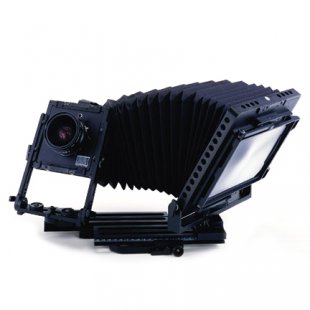 Obvious downsides of view cameras are their hefty size and bulk. It also takes significantly longer to frame, focus and expose an image and you'll most certainly be setting up and using a tripod as well. Given all this, the likelihood of missing spur of the moment photo opportunities like a short-lived rainbow or the quickly fading evening light are quite high.
Obvious downsides of view cameras are their hefty size and bulk. It also takes significantly longer to frame, focus and expose an image and you'll most certainly be setting up and using a tripod as well. Given all this, the likelihood of missing spur of the moment photo opportunities like a short-lived rainbow or the quickly fading evening light are quite high.
Digital camera systems
Film was still king when I started to take photography seriously, and the format choices were pretty straightforward: 35mm format for wildlife and other ‘fast’ photography, medium format (6 x 4.5 cm, 6 x 6 cm, 6 x 7 cm) for macro/close up photography, and large format view cameras for landscape and architectural work.
The rise of enthusiast and professional digital cameras, however, made these decisions much less straightforward. Today, full frame DSLRs can have equal or even better resolution than medium format film.
| The high resolution APS-C sensors in enthusiast level DSLRs can produce satisfyingly detailed landscape imagery. | Today's pro level full frame DSLRs are built to withstand harsh environments and provide image quality that was once only possible with medium format film. |
| Medium format DSLRs, while still beyond the means of most of amateurs, have come down significantly in price. | Digital backs can be fitted to both film and digital camera systems and represent the state of the art in high resolution digital capture. |
Even APS-C format DSLRs and mirrorless interchangeable lens cameras offer resolution sufficient to produce well-detailed landscape images. The medium format DSLR market is also seeing a bit of a renaissance, with bodies now available in the $10k price range and resolutions exceeding 40MP. And at the very high end there are digital single shot and scanning backs that are compatible with view cameras and offer resolution as high as 80MP.
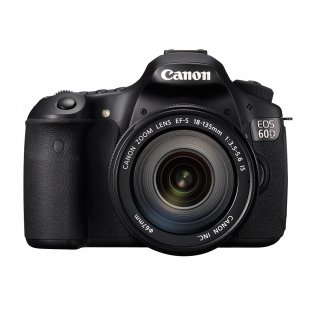
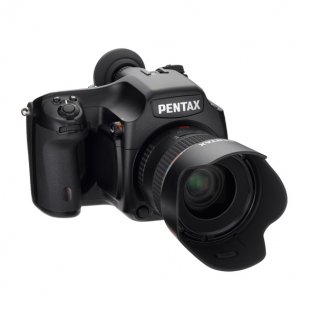
YOU MIGHT ALSO LIKE


